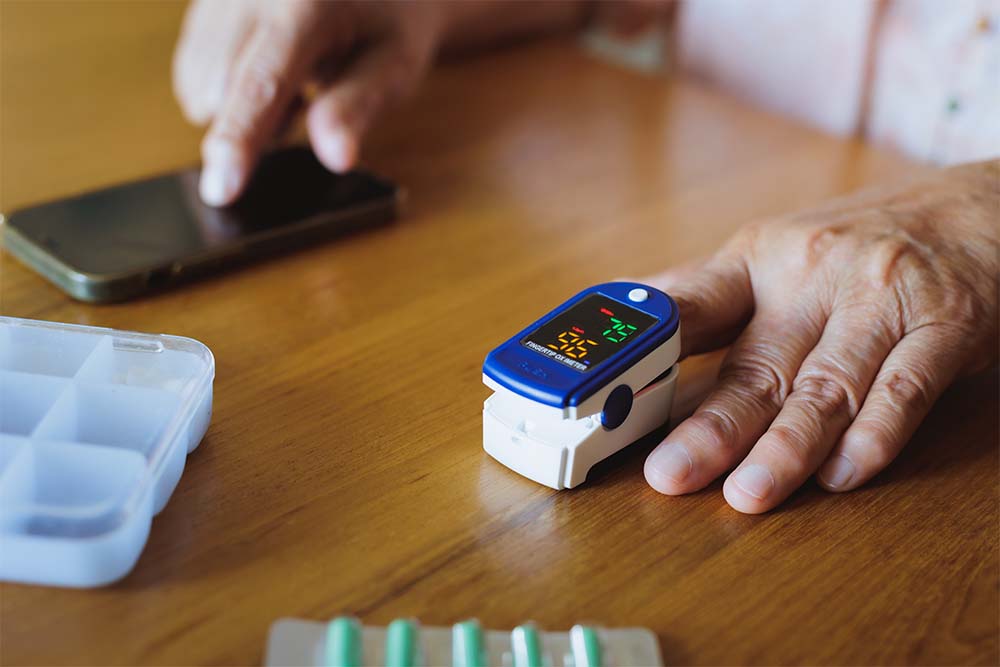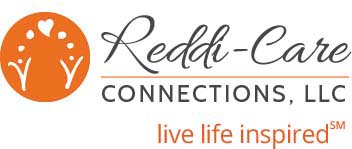
With the population aging, there is a growing need for innovative solutions that enable older adults to live independently and safely in their own homes. Gerontechnology, the interdisciplinary field combining gerontology and technology, offers a promising array of tools and systems designed to support aging in place. These technologies not only improve the quality of life for seniors but also provide peace of mind for caregivers and family members. This blog post explores the various types of gerontechnologies available for home support, their benefits, and the challenges and future directions of this rapidly evolving field.
The Importance of Aging in Place
Aging in place refers to the ability of older adults to live in their own homes and communities safely, independently, and comfortably, regardless of age or ability level.
The benefits of aging in place include:
Enhanced Quality of Life: Remaining in a familiar environment can boost emotional well-being and maintain a sense of identity and independence.
Cost-Effectiveness: Aging in place can be more cost-effective than institutional care, reducing expenses for both families and the healthcare system.
Personalized Care: Home environments can be tailored to meet individual needs, providing personalized support and comfort.
Key Gerontechnologies for Home Support
Gerontechnologies encompass a wide range of tools and systems designed to assist older adults with various aspects of daily living.
Here are some of the key technologies making a significant impact:
1. Smart Home Systems
Smart home systems integrate various devices and sensors to create a connected and responsive living environment. Key features include:
Automated Lighting and Thermostats: These systems can adjust lighting and temperature based on the time of day or activity, enhancing comfort and energy efficiency.
Voice-Activated Assistants: Devices like Amazon Alexa and Google Home can assist with reminders, alarms, and controlling other smart devices, making it easier for seniors to manage their daily routines.
2. Telehealth and Telemedicine
Telehealth and telemedicine technologies enable remote monitoring and consultations, providing easy access to healthcare services:
Remote Monitoring Devices: Wearable devices can monitor vital signs, detect falls, and track activity levels, alerting caregivers or medical professionals if there are any concerns.
Virtual Consultations: Video conferencing tools allow seniors to consult with healthcare providers without leaving their homes, reducing the need for travel and exposure to illnesses.
3. Assistive Technologies
Assistive technologies support seniors in performing daily tasks and maintaining independence:
Mobility Aids: Devices like walkers, scooters, and stair lifts help seniors move around safely.
Adaptive Devices: Tools such as large-button phones, hearing aids, and magnifying glasses assist with sensory impairments.
4. Social Connectivity Tools
Social isolation can be a significant issue for older adults. Technologies that promote social connectivity include:
Social Media and Communication Platforms: Tablets and smartphones equipped with easy-to-use apps enable seniors to stay in touch with family and friends through video calls, messaging, and social media.
Online Communities: Virtual communities and support groups provide opportunities for social interaction and engagement, reducing feelings of loneliness.
5. Cognitive Support Technologies
Cognitive decline is a common concern in aging. Technologies designed to support cognitive health include:
Brain-Training Apps: These apps offer games and exercises to stimulate cognitive functions and memory.
Medication Management Systems: Automated pill dispensers and reminder apps help seniors manage their medications effectively, reducing the risk of missed doses or errors.
Benefits of Gerontechnologies for Home Support
The integration of gerontechnologies into the home environment offers numerous benefits for older adults and their caregivers:
Increased Independence: Technologies that assist with daily tasks and mobility can enable seniors to live more independently, reducing the need for constant caregiver support.
Enhanced Safety: Smart home systems and remote monitoring devices can detect emergencies, such as falls or health crises, and alert caregivers or emergency services promptly.
Improved Health Management: Telehealth and remote monitoring facilitate continuous health tracking and early intervention, potentially preventing serious health issues.
Social Engagement: Tools that promote social connectivity help combat isolation and loneliness, which are common among older adults living alone.
Peace of Mind for Caregivers: Knowing that their loved ones are supported by reliable technologies, caregivers can experience reduced stress and greater peace of mind.
Challenges and Future Directions
While the benefits of gerontechnologies are substantial, several challenges need to be addressed to maximize their potential:
Accessibility and Usability: Technologies must be designed with older adults in mind, ensuring they are easy to use and accessible for those with limited technological proficiency or physical impairments.
Affordability: The cost of advanced technologies can be prohibitive for many seniors. Developing cost-effective solutions and exploring funding options, such as insurance coverage and government programs, are essential.
Privacy and Security: Ensuring the privacy and security of sensitive data collected by gerontechnologies is crucial. Robust cybersecurity measures and clear privacy policies must be implemented.
Interoperability: Different devices and systems should be able to communicate and work together seamlessly to provide comprehensive support. Standardizing protocols and promoting interoperability are key steps.
Education and Training: Both seniors and caregivers need proper education and training to effectively use these technologies. Providing user-friendly guides, tutorials, and customer support can help bridge the knowledge gap.
The Future of Gerontechnologies
The field of gerontechnology is rapidly evolving, with ongoing advancements promising even greater support for aging in place.
Emerging trends include:
Artificial Intelligence (AI) and Machine Learning: AI-driven systems can provide personalized recommendations, predict health issues, and offer tailored support based on individual needs and behaviors.
Robotics: Assistive robots are being developed to help with tasks such as cleaning, cooking, and providing companionship, further enhancing independence and safety.
Virtual Reality (VR) and Augmented Reality (AR): These technologies can offer immersive experiences for social interaction, cognitive training, and even virtual travel, enriching the lives of older adults.
Integration with Healthcare Systems: Closer integration of gerontechnologies with healthcare systems can improve care coordination, ensuring that healthcare providers have real-time access to important health data.
